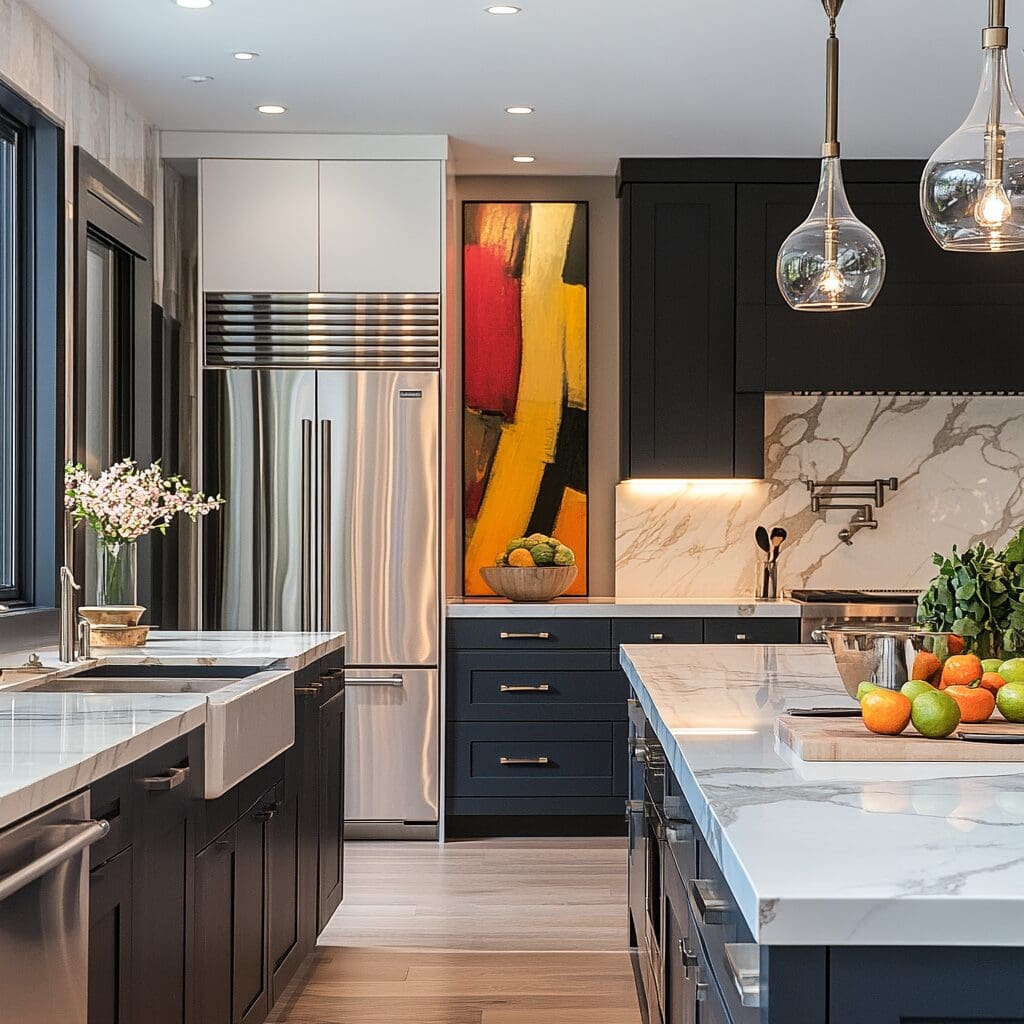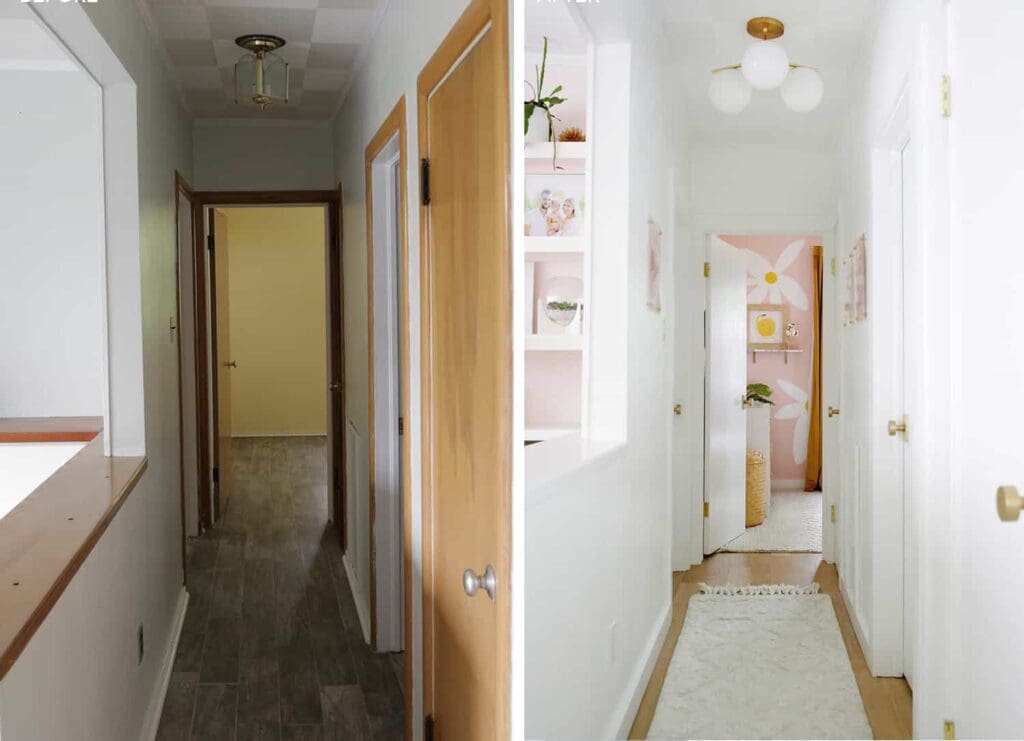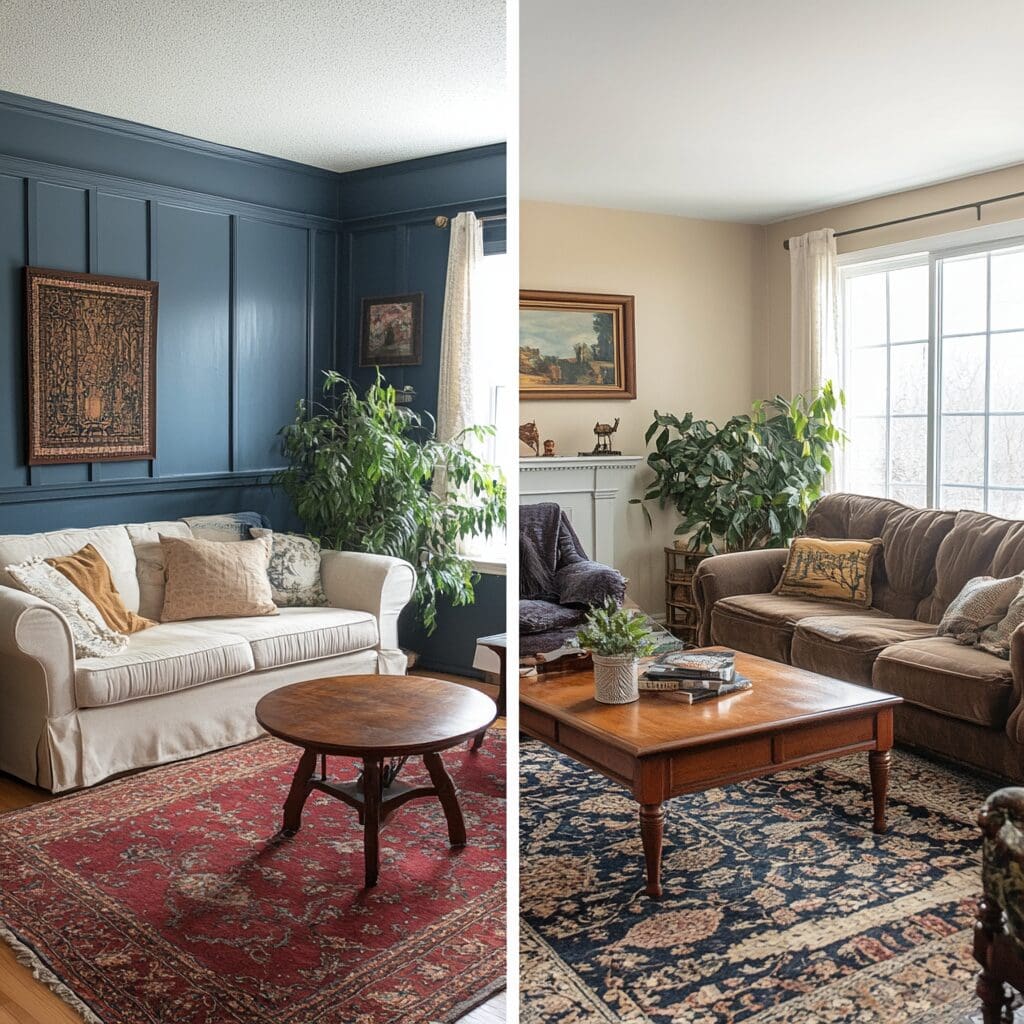Buying a previously owned home can be exciting, but it also comes with a few compromises. Maybe the paint colours aren’t to your taste. Maybe the fixtures are outdated. Or maybe you’re just not feeling fully “at home” in the space yet. That’s normal.
The good news? You don’t need a complete gut renovation to start making your home feel like yours. At Master Painting & Renovations, we specialize in helping homeowners across Chilliwack, Abbotsford, and Agassiz transform their homes—whether brand new or decades old—into spaces that reflect their unique personalities and lifestyles. And the best part? Many of the changes that make the most significant difference are entirely achievable within your first year of homeownership.
1. Start With Paint: The Fastest Way to Refresh Any Space
If you’re looking for immediate impact, there’s no better place to start than with professional painting. Walls hold the visual energy of a home, and a fresh coat of paint powerfully resets the mood. Previous owners’ colour choices often reflect their style, not yours. By repainting, you give yourself a clean slate and begin to infuse your personality into the environment.
Neutral tones, such as soft greys and warm whites, remain popular for walls, offering a timeless backdrop that can be easily accessorized with furniture, textiles, or art. That said, don’t shy away from injecting personality. A moody blue in the dining room or sage green in a bathroom can add richness without being trendy.
Think beyond just wall colour. Trim, ceilings, doors, and even built-ins can be revitalized with the right finish. A fresh coat of paint in a high-traffic hallway or a warm, welcoming tone in the entryway can completely shift the experience of coming home.
Professional painting ensures clean lines, durable finishes, and long-term visual appeal. DIY jobs often fade, chip, or peel prematurely—especially in high-use areas like kitchens or bathrooms.
2. Fixtures and Finishes: Subtle Changes, Big Payoff
Fixtures act like a home’s accessories. Swapping out builder-basic or worn hardware for stylish alternatives instantly elevates the look and feel of your space. Try brushed gold for a touch of elegance, matte black for a bold, modern twist, or classic chrome for a timeless upgrade.
Lighting especially deserves attention. A well-placed pendant over a kitchen island, sconces in a hallway, or a statement chandelier in your dining area does more than light the room—it defines it. Dimmers, under-cabinet strips, and layered lighting setups enhance both functionality and ambiance.
Even switch plates, curtain rods, and vent covers can subtly influence the overall tone of your interiors. When these details align with your design vision, the home begins to reflect your unique sense of style.
Many homeowners underestimate the power of consistency. Updating your fixtures throughout the house with cohesive finishes builds flow, even if you’re tackling rooms one by one.
3. Room by Room: Personalize with Purpose
One of the most liberating aspects of moving into a new home is the opportunity to make each room work for your life now, not that of the previous owners. That might mean converting a formal dining room into a home office, or transforming a spare bedroom into a creative studio, gym, or meditation space.
Don’t worry about having a perfectly cohesive “theme” across your home. Instead, think about how each space should feel. Your bedroom might be your retreat, the kitchen your hub of connection, and the den your quiet reading zone. Create environments that support your daily habits and hobbies.
Personalizing room by room allows you to focus your energy, budget, and attention where it counts most. Choose furniture with intention. Mix inherited pieces with new finds. Display items that tell your story. These layers of meaning will create a feeling of belonging that grows stronger over time.
It’s okay to take your time. Living in the home for a few months helps you identify your habits and preferences. Let function drive the transformation.

4. Layout Adjustments Without Major Construction
You don’t need to knock down every wall to improve flow. Simple changes can dramatically enhance how you use your space. Rethink furniture placement to open sightlines or improve walking paths. Use rugs to define zones in open areas. Add shelving units or screens to segment shared spaces.
If you are open to modest construction, removing non-load-bearing walls, widening openings, or installing sliding barn doors can create a more open and adaptable floor plan. These small investments can make a home feel more spacious, functional, and aligned with how you live.
Many homeowners find that layout tweaks not only increase livability but also spark joy. When your home “works” for you—whether you’re entertaining friends or enjoying a quiet evening—it’s far easier to feel grounded and satisfied in the space.
Always consult professionals for layout changes—especially in older homes where plumbing or electrical may be hidden in unexpected places. What seems minor could impact structure or compliance.
5. Reflect Local Character
Feeling at home isn’t just about what’s inside—it’s also about connecting with the community around you. One of the most rewarding ways to personalize a home is to incorporate local flair. Artwork by Fraser Valley artisans, reclaimed wood from regional sources, or vintage furniture from neighbourhood shops adds character and tells a story.
You can also reflect your environment through landscaping. Utilize native plantings that thrive in our climate, require minimal maintenance, and contribute to the local ecosystem. Incorporate natural elements, such as stone pathways, cedar accents, or rustic planters, to seamlessly connect the indoors and outdoors.
Thoughtful use of local design elements also makes your home feel more intentional, timeless, and rooted—especially important when it once belonged to someone else.
6. Emotional ROI: Fix What’s Frustrating You
There’s often one space or feature in a new home that doesn’t work for you—maybe it’s a lack of kitchen prep space, an awkward hallway, or a squeaky floorboard. These irritations can drain your enjoyment over time.
Addressing these “emotional hot spots” early has a significant payoff. Not only will it improve your quality of life, but it will also set the tone for the rest of your renovations. You’ll feel more in control—and more connected to your home—once that problem area is resolved.
These updates often involve simple changes, such as smoothing out a layout by widening a doorway, increasing storage with custom cabinetry, or replacing poor lighting. When even one frustrating feature is resolved, the emotional weight lifts, giving you momentum and motivation to keep going.

Final Thoughts: A Home That Reflects You
Making a previously owned home your own is about more than paint and plumbing. It’s about seeing the potential in every corner and making intentional choices that reflect your lifestyle, tastes, and aspirations for the future. It’s also about taking ownership of the experience—reclaiming each room as a reflection of your vision.
You don’t need to rush. You don’t need to renovate everything at once. But you do deserve to feel like your home is truly yours. Every improvement, no matter how small, is a step toward comfort, confidence, and personal pride.
When you’re ready, we’re here to help you take those first meaningful steps.
FAQs
What’s the first renovation I should consider in a previously-owned home?
Start with professional painting. It’s cost-effective, instantly refreshing, and sets the tone for your style.
How do I budget for new-home renovations without overspending?
Focus on high-traffic areas, such as the kitchen, primary bedroom, and entryway. Work in phases and allow for contingencies.
Can small changes really make a home feel more personalized?
Absolutely. Fixtures, lighting, and layout tweaks can reshape a home without major construction.
How soon after moving in should I start renovating?
After 2–3 months, you’ll have a clearer sense of how you use the space. That’s the perfect time to plan meaningful updates.
Do you offer consultations for new homeowners?
Yes. We tailor our renovation plans to suit your lifestyle, priorities, and budget. Our goal is to make your house feel like home, without the stress.

